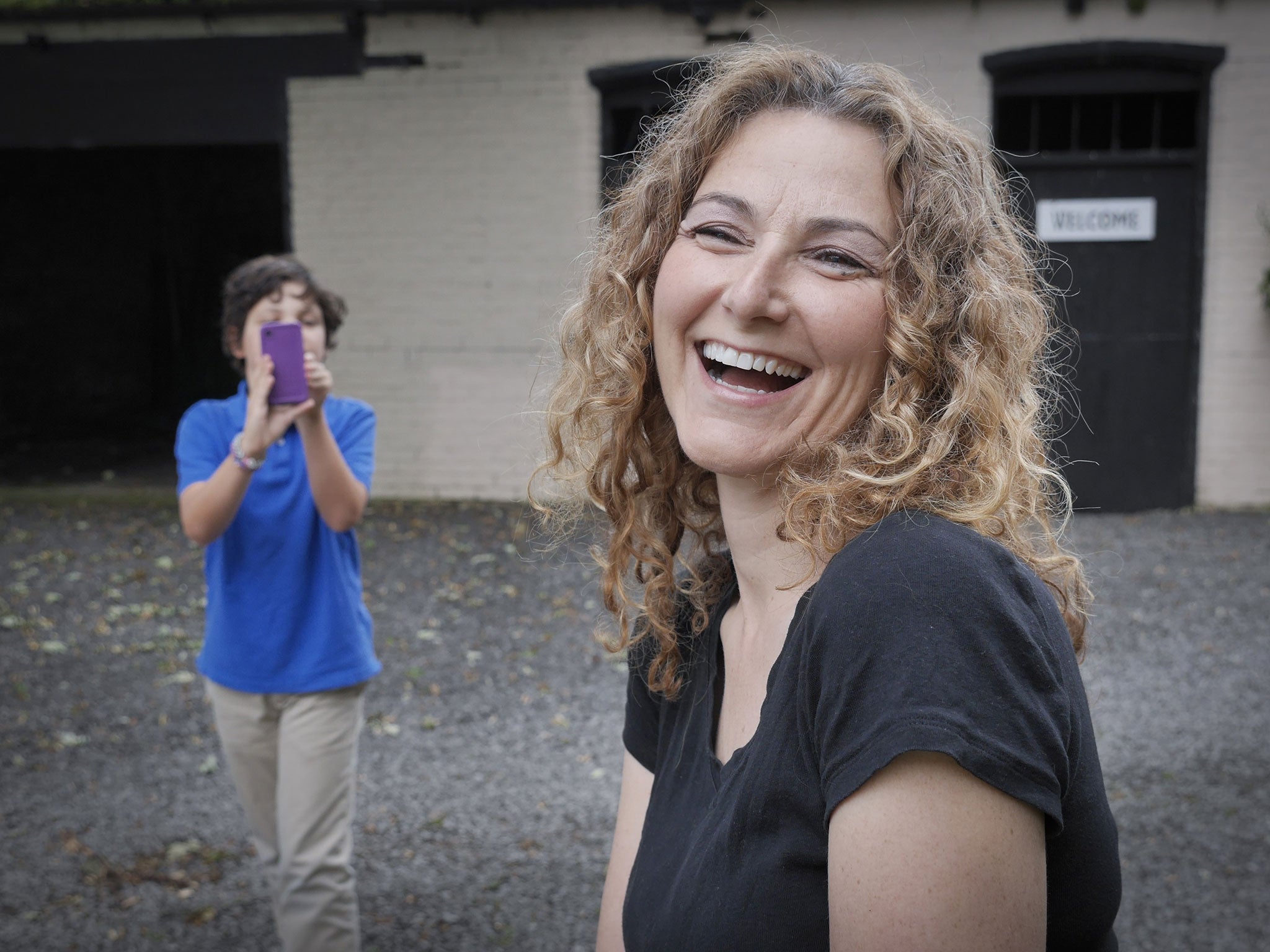Crisis? What crisis? A visiting US doctor gives the NHS a rave review
When Jen Gunter, a doctor who works in the US, had to take her son to a British hospital while on holiday, she expected the worst – and was amazed by what she actually found

It was our first day in London and like all tourists we had lots of plans. We were to start at Westminster Abbey, then walk to the Houses of Parliament, over the bridge to the London Eye and on to the Globe. We had only got as far as the Abbey when Victor, one of my 11-year-old twin boys, got something in his eye courtesy of a big gust of wind. I flushed his eye out with a bottle of water but it was a pretty crude operation and not very comfortable for Victor (and I’m sure several people wondered why this horrible American woman was torturing her son).
I fretted about going to the hospital. It wasn’t the prospect of navigating a foreign emergency room, but simply the idea of a long wait. I am a staunch supporter of the NHS – my parents are from Newcastle and I have lots of family here, so I’m quite familiar with the British healthcare system. But in the back of my mind I envisioned a paralysingly full A&E unit and an agonising 18-hour wait before my son would be seen, only to find he had nothing in his eye. For a doctor, this is the basic Antechamber of Hell scenario.
I’m not sure where the idea of a long wait came from, except that is how national health care is often portrayed by the media in the United States. Also my parents, who now live in Canada, have often waited a long time to be seen in the emergency room in my home province of Manitoba.
To ensure Victor’s eye was still really bothering him I gave him the choice between A&E and a toy store – but he declined the toys, so off we trekked to St Thomas’ Hospital, conveniently right over the bridge.
The hospital was on the aging side and a little drab, but clean and well-signposted. We had to take a number to be registered, but waited less than five minutes. I gritted my teeth a bit in preparation for the we-are-not-from-the-UK conversation, but it wasn’t an issue at all. I offered my US insurance number for billing, but was told they didn’t need it.
Looking at my son’s red and watering eye, the receptionist smiled to him and said: “Looks like you’re in the right place.”
Registration completed, we waited to be seen by the children’s part of the A&E. A registrar did a quick triage within five minutes of our registering and then a nurse did his vitals and took a history. After that we waited less than 15 minutes for the registrar to do a formal assessment. We were walked over to the urgent care clinic and were warned that the ophthalmology registrar was covering the whole hospital so it might be a while. This was our longest wait, but it was still only 20 or 30 minutes.
The opthalmology registrar, Dr Katie Williams, had a great bedside manner and was clearly very competent. After a through exam she found that Victor had a speck of dirt wedged under his eyelid and that had scratched his cornea (the surface of the eye). She easily snagged the offending speck of dirt and Victor exclaimed: “It’s gone!” Within a minute or two the redness cleared up. She put in antibiotic ointment and gave us a tube to use at home.
“So where do I pay?” I asked Dr Williams.
The answer: you don’t. Perhaps they might bill us, she just wasn’t sure.
I was about as dumbfounded at her answer as she was at my asking. I protested that it wasn’t fair. We had used services and I was very prepared to pay. I also have insurance that covers emergencies when out of network, so I was pretty sure I would be reimbursed at least some of the visit. However, we were just sent away.
They do have my address so it is possible I will get a bill in the mail. But I am very curious to know what similar care would have cost in the US. The saddest commentary of all is that even for a doctor it really is impossible to know, as US hospital billing practices are so bizarre and opaque. My guess is it would be a minimum of $1,000 (£600) for cash, which is egregious.
But what of this idea that national health care means waits worthy of Purgatory, Dementor-staffed death panels, Saxon-age medical equipment, and incompetent care?
Well, we had great care at St Thomas’, and Dr Williams was fantastic. While this is only one experience on one day, I’ve been to the ER in the US, and this was as smooth as the best care we’ve had there.
We could have hit the A&E at an opportune time, but I’ve also asked many people about their medical care while I’ve been here in the UK. Not one person wanted to abandon the NHS. I’ve heard of excellent care and some care that was lacking, but the bad care had nothing to do with the “national” part. Rather it was diagnostic errors or a full hospice unit, things that I hear about with the same incidence back in the world of commercial health insurance.
Take away the accents and I could easily have been listening to a group of Americans discussing their care. With one exception: no one in the UK is left wondering what the price will be, or gets sent a horrific bill.
It makes you wonder exactly what frightens Americans about the NHS.
The author blogs at drjengunter.wordpress.com
Join our commenting forum
Join thought-provoking conversations, follow other Independent readers and see their replies
Comments